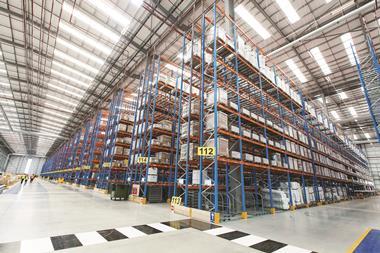
A lack of a recognised valuation model has disrupted numerous deals across the country for many operators and investors.
I recently experienced difficulties in this regard when the sale of a high-quality, late-1980s regional purpose-built flexible workspace operation fell through because surveyors were unable to provide a market valuation.
The centre was valued using a range of formulae, none of which was fit for purpose. These included a model traditionally reserved for valuing public houses, which, among other things, required estimating and significantly discounting the trading potential of the building, rather than incorporating and valuing the actual operational income under the existing ownership.
To me, this valuation method was unsuitable. Ignoring five years of trading evidence to instead focus on an arbitrary discount of the trading potential felt in some way a punishment of the vendor.
A number of valuation models have been offered to resolve this, such as the Fuchs formula, developed by Giles Fuchs, chief executive of Office Space in Town. This well-publicised valuation model splits the annual income generated by a flexible workspace centre into two or more tranches, depending on its contractable nature, applying a market yield to the first tranche up to the market ERV and then a discounted yield of the variable tranches.
However, there are alternatives that we at GKRE have adopted when advising on sales. By applying a discounted yield to the total annual EBITDA produced by the centre and understanding the trading history, a surveyor can adequately assess the risk, return and expectations for growth.
Further considerations should, of course, be given to the sustainability, profitability and efficiency of the centre, but once these have been considered along with the proper due diligence, there is little to suggest that the centre will deviate from its ability to generate consistent returns.
I understand that the RICS is working with the sector to try to establish a market agreed valuation model based on these methods. This is vital work that we are very happy to support, as it should bring much-needed clarity and ensure the flexible workspace market attracts the necessary investment to thrive.
Douglas Green, director, GKRE
































No comments yet